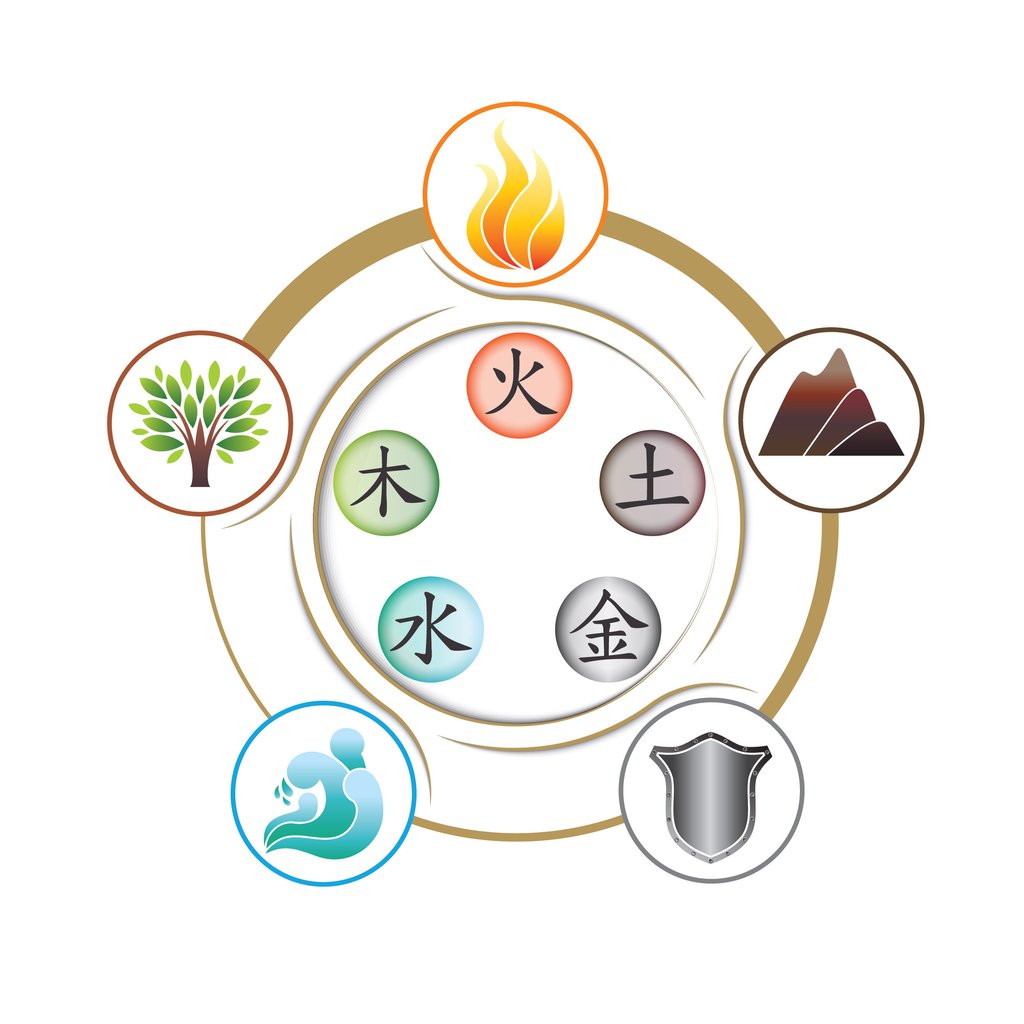

When the balance is affected or disturbed, disease develops. At normal conditions, the increase and decrease of yin and yang are keeping within a certain range, reflecting a dynamic equilibrium of the physiological processes. TCM considers human life as a physiological process in constant motion and change. For example, if a person is experiencing too much stress, usually leads to excess of yang appropriate treatment will be more yin activities such as meditation and relaxation. The whole of the TMC, its physiology, pathology, diagnosis, and treatment, can reduced to the basic and fundamental theory of yin and yang. For example day is yang and night is yin, but morning is considering as being yang within yang, afternoon is yin within yang, evening and before midnight is yin within yin and the time after midnight and before morning is yang within yin.

Opposites in all objects and phenomena are in continuous motion and change: The growth and advance of the one mean the decline and retreat of the other. Without "cold" there would be no "hot" without "moving" there would be no "still" without "dark,” there would be no "light." The nature of yin and yang is coexistence means neither being able to exist in isolation. The universe consists of two opposing but mutually dependent forces that complement and supplement each other, resonate harmoniously, and maintain a constant balance. Their existence depends on each other and complements one another. Yin and yang cannot exist independently of each other nothing is either all yins or all yangs. People with excess yin tend to catch colds easily, and are sedentary and sleepy. Yin is associated with the symptoms of coldness, paleness, low blood pressure, and chronic conditions. Things close to the ground is a more earthy) are yin. Yin is associated with substance is a matter) than energy. Yin uses fluids to moisten and cool our bodies, provides rest as the body slows down and sleeps. Yin is the general passive natured characterizing as anything with stillness, descending, darkness, degeneration, hypo-activity, including organic disease, It is like water with a tendency to be cold. People with excess yang tend to be nervous and agitated and cannot tolerate much heat. Yang is associated with the symptoms of face redness, fever, high blood pressure, and acute conditions. Yang is associated with things higher up is a more heavenly), it is the energy than matter.

Yang is the general active and aggressive characterized as anything that is moving, ascending, bright, progressing, and hyperactive, including functional disease of the body. It is like fire with heating and circulating characteristics. The imbalance of yin and yang is considering causing illness. In modern terms, they are characterizing the polar opposites exist in everything.Ģ4 Hour Yin Yang Cycle with a 12 PM corresponds to Utmost Yang, while 12AM corresponds to Utmost Yin.įrom the health standpoint, the basis of well-being is the appropriate balance of yin and yang. Originally, the terms pronounced geographical aspects such as the shady is a represents cold, dark, and other passive properties) and sunny side is a represents warm, bright, and other active characteristics) of a mountain or the southern and northern bank of a river. These opposite but complementary aspects are yin and yang.

In the Taoist philosophy, wholeness is the union of opposites such as dark and light, soft and hard, female and male, slow and fast, and so forth. Yin and Yang (pronounced as yong) is one of the most fundamental concepts in Traditional Chinese Medicine (TCM). It is through this interchange that they convert from the inside out and become each other, creating the continually repeated cycle from life to death to life again. The two energies of yin and yang are of direct opposites and so one feed the other the energy it lacks. Theory of yin yang helps define the inner functioning of nature, and it provides clarification of why there are night and day, light and dark, good and evil, right and wrong, male and female, etc.


 0 kommentar(er)
0 kommentar(er)
